A few weeks ago, we featured the extraordinary exterior details of Antoni Gaudi's Sagrada Familia basilica in Barcelona, and promised we'd be back for a look at the interior of the still-unfinished masterwork. And, as you might expect from a Gaudi project, the interior is also extraordinary, if not loved by all.
Sagrada Familia has been under construction since 1882—137 years—but that's not unusual, historically. It is a bit unusual that unlike most cathedrals which start by building a nave or crypt that can be used for services almost from the beginning, Sagrada Familia went 128 years before its first religious service in 2010.
And that one was pretty spectacular. The consecration of the church and the first service were presided over by Pope Benedict, with 6,500 guests inside and another 50,000 watching from outside. But even after that, the massive space continues as a construction zone, and regular once-a-week services didn't start until 2017.
Although construction, often interrupted by financial shortfalls, political conflict and war, is now moving at a faster pace, fueled by visitor fees and other money, completion is still quite a bit away. Officially, the primary construction is supposed to be finished by 2026, in time for the centenary of Gaudi's death, with final completion of all details ten years or so after that.
In the meantime, the interior is open to paying visitors, who get to see not only the incredible forms, lights and spaces but also a corps of artisans assembling the rest. The construction aura is not a subtle background process. These pictures were taken in 2013; if you visit now, much will have shifted.
Gaudi's repertoire of shapes and forms can be mind-bending. A simple cupola has columns that are each different from the other. Ornate, almost baroque, stone folds give way to stark angles. Overall, it's an eclectic mixture of Gothic forms and Art Nouveau that architecture critic Paul Goldberger described as "the most extraordinary personal interpretation of Gothic architecture since the Middle Ages."
To say the least: "Some assembly required."
The main columns seem quite narrow for such height and weight, and they are. The secret is in the structures at the top, which are not merely decorative. Gaudi was an engineer as well as an architect, and the column structures are designed to make the delicate appearance possible while being as strong as heavier columns might be.
And here is another unusual feature of the visit: This area is used to store not only pieces to be assembled, but in some cases older pieces to be copied and replicated. The models serve as references; parts of Gaudi's drawings and specifications were lost of damaged over the years and have been carefully reconstructed, sometimes from existing models.
According to German art critic Rainer Zerbst, and we have to agree, "it is probably impossible to find a church building anything like it in the entire history of art." But go see for yourself!


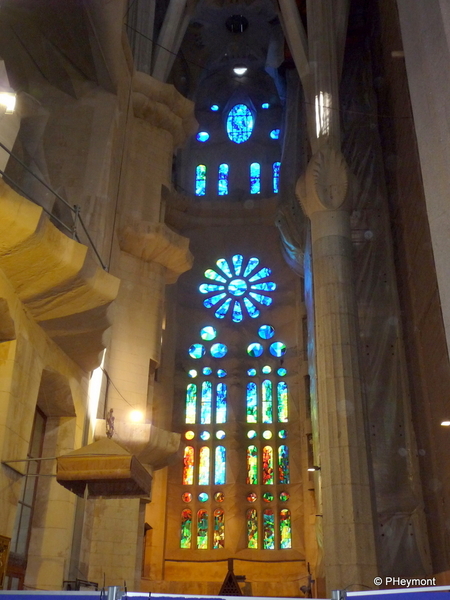
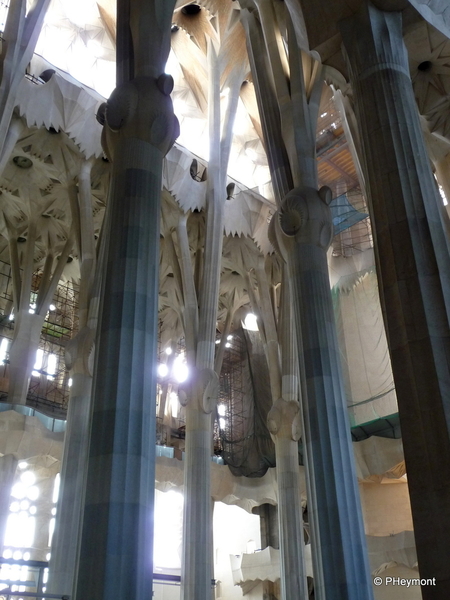

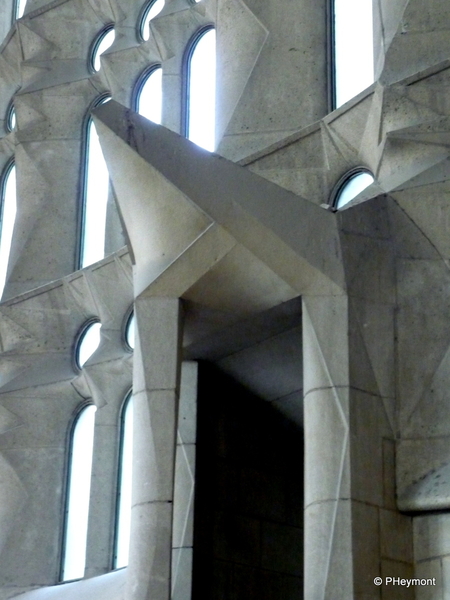
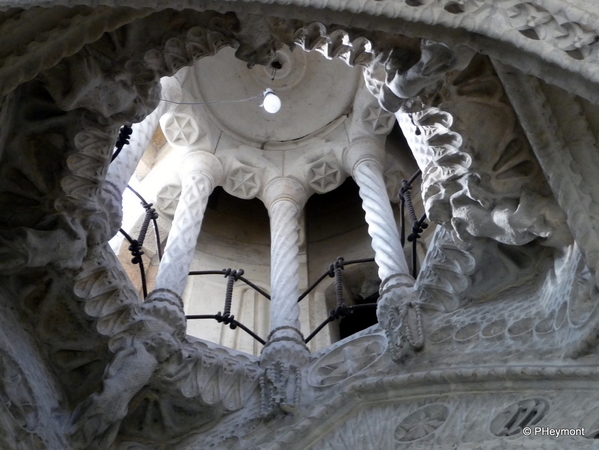
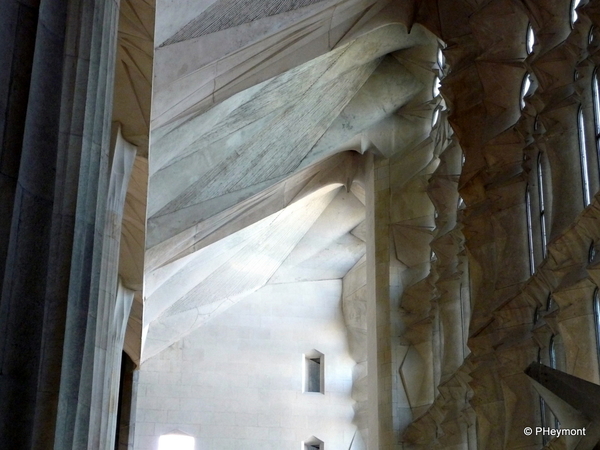
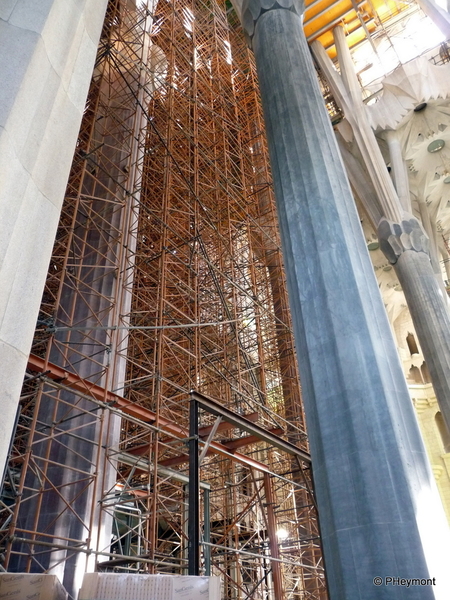


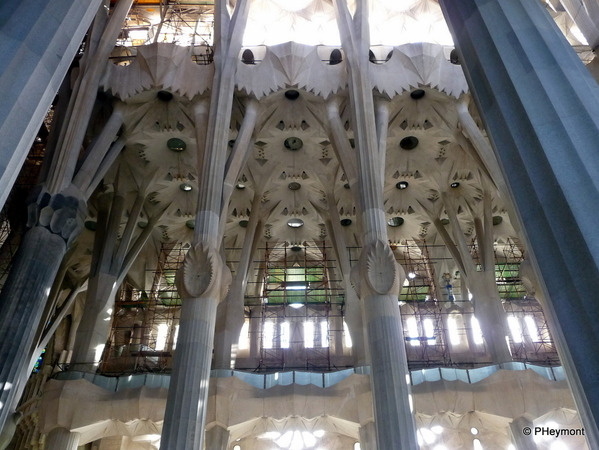

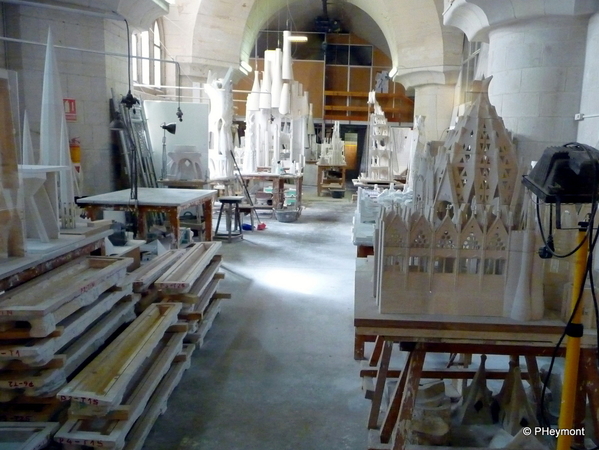
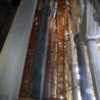


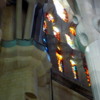





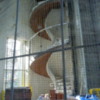



Comments (0)